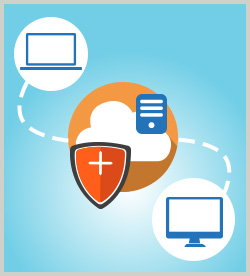IT Professional Certifications (ISC)2 Certified Cloud Security Professional (CCSP) Certified Cloud Security Professional
The security of the cloud services platform and infrastructure is a fundamental driver in the uptake of cloud services and the transition away from Enterprise structures. This course describes issues relating to the security of the supporting components of the cloud infrastructure â both physical and virtual components. The course promotes/outlines a risk management approach in developing and employing security measures to protect cloud components; describes key risk management focus areas â identification, measurement, and control; and covers known threats and the key areas of cloud component vulnerability. In this course, you will learn about security management/measures and auditing, including authentication, authorization, Business Continuity (BC), Disaster Recovery (DR), and failover. The learner will be expected to display knowledge of Cloud Service Business Continuity and Disaster Recovery planning, to identify areas requiring specific security protection, and how to recover lost or damaged data and components hosted on a cloud platform. The course covers the essential topics for the ICS2's Certified Cloud Security Professional examination â Domain 3 requirements.
| Objectives |
|---|
Cloud Infrastructure
Cloud System - Risk Management
Security Control
Disaster Recovery and Business Continuity
Practice: Cloud System Security
|


